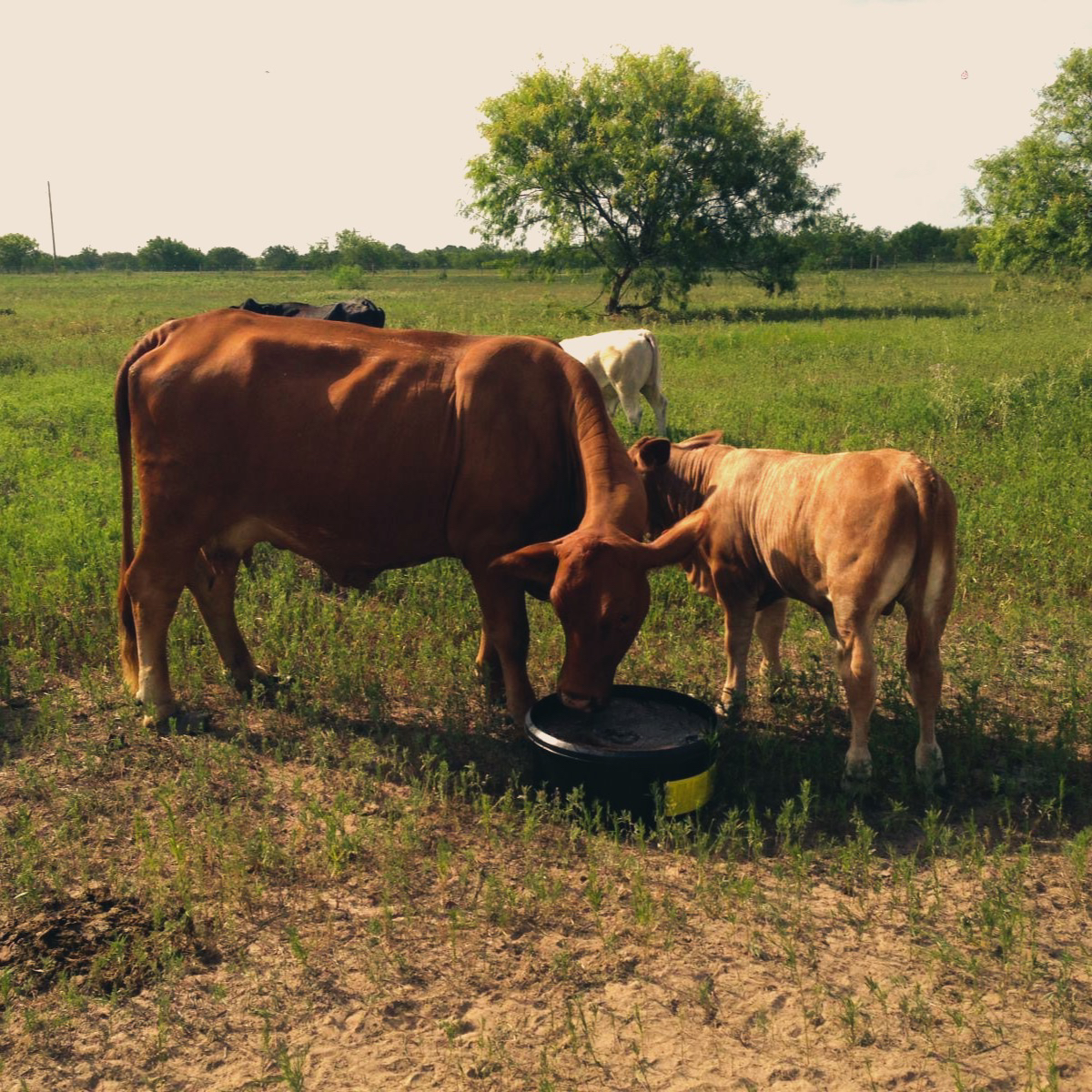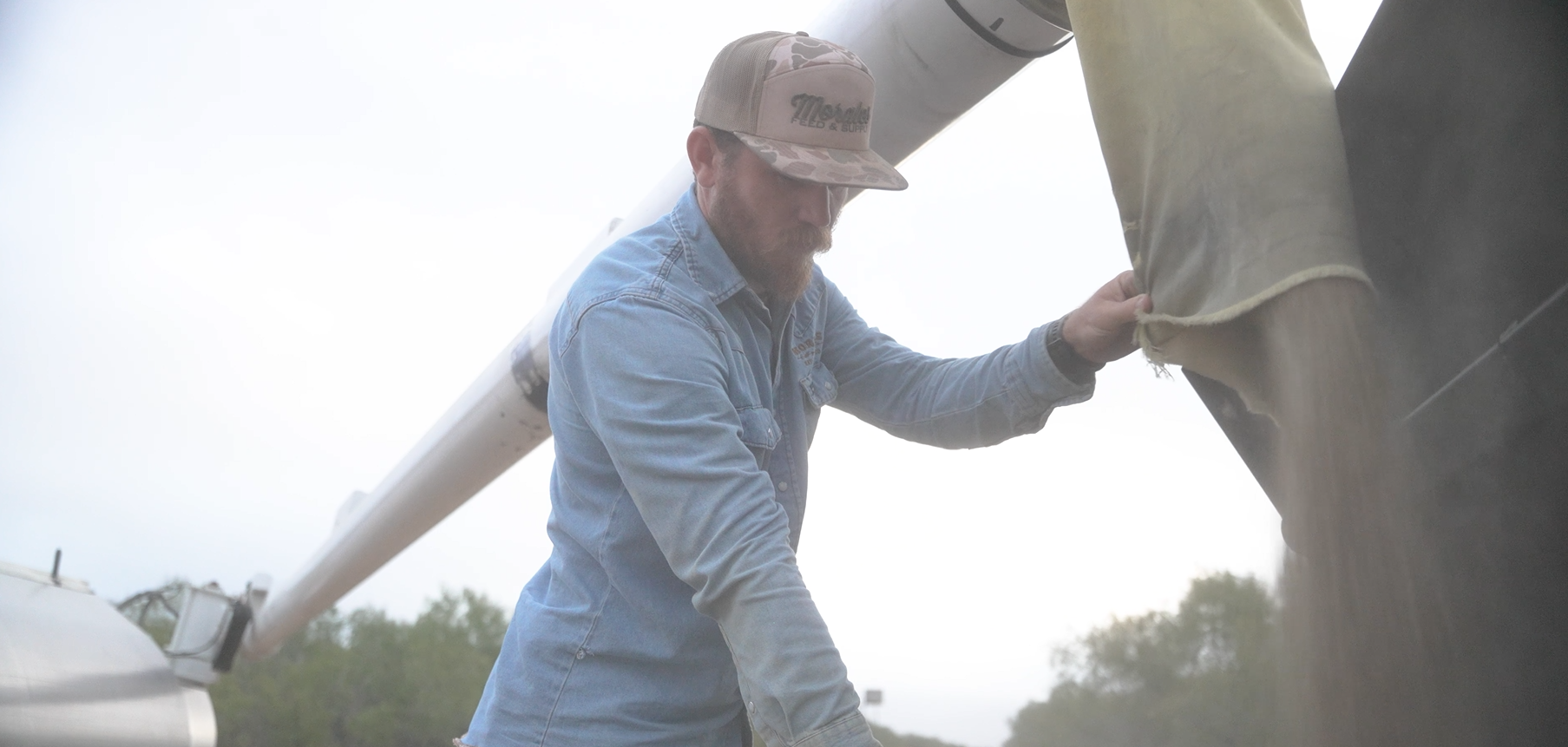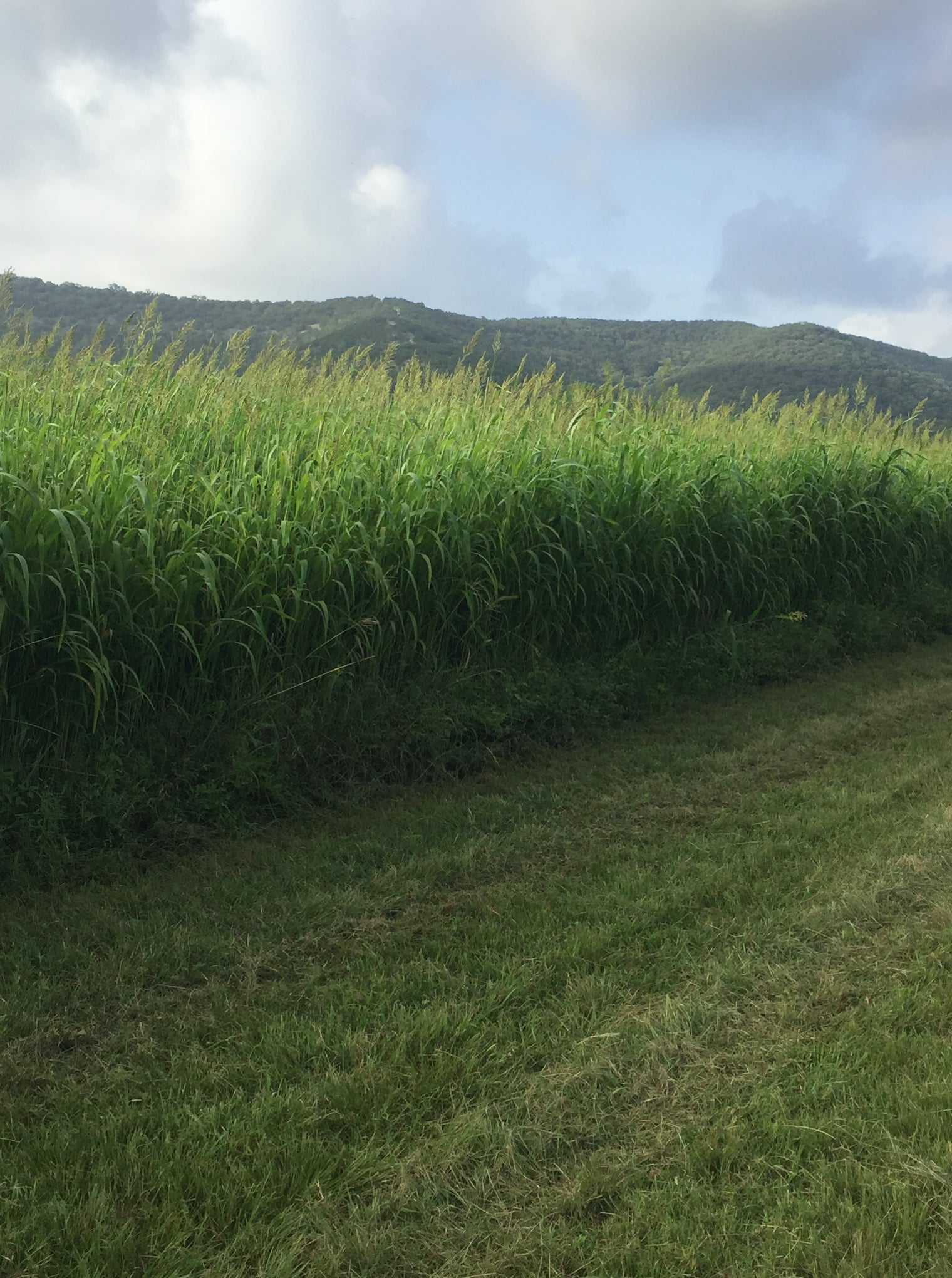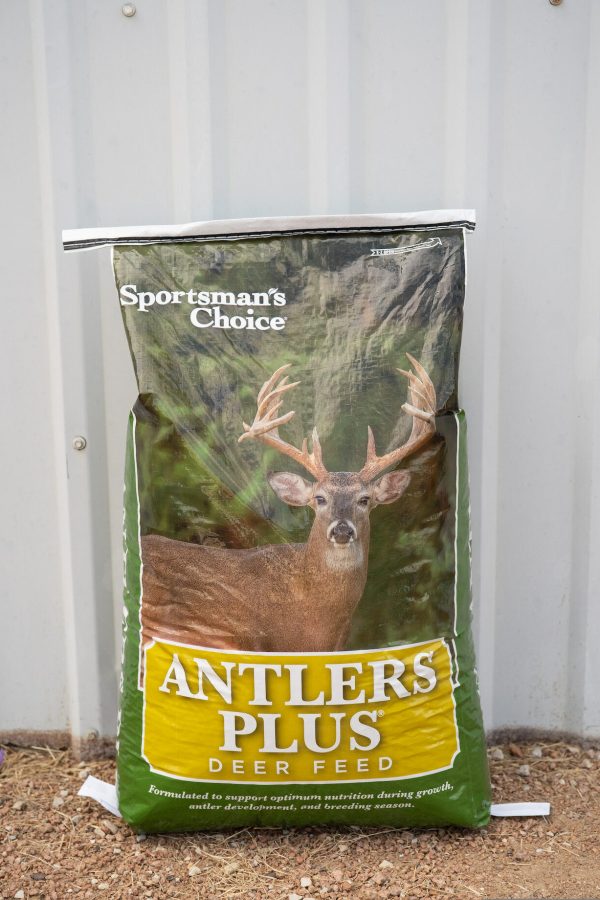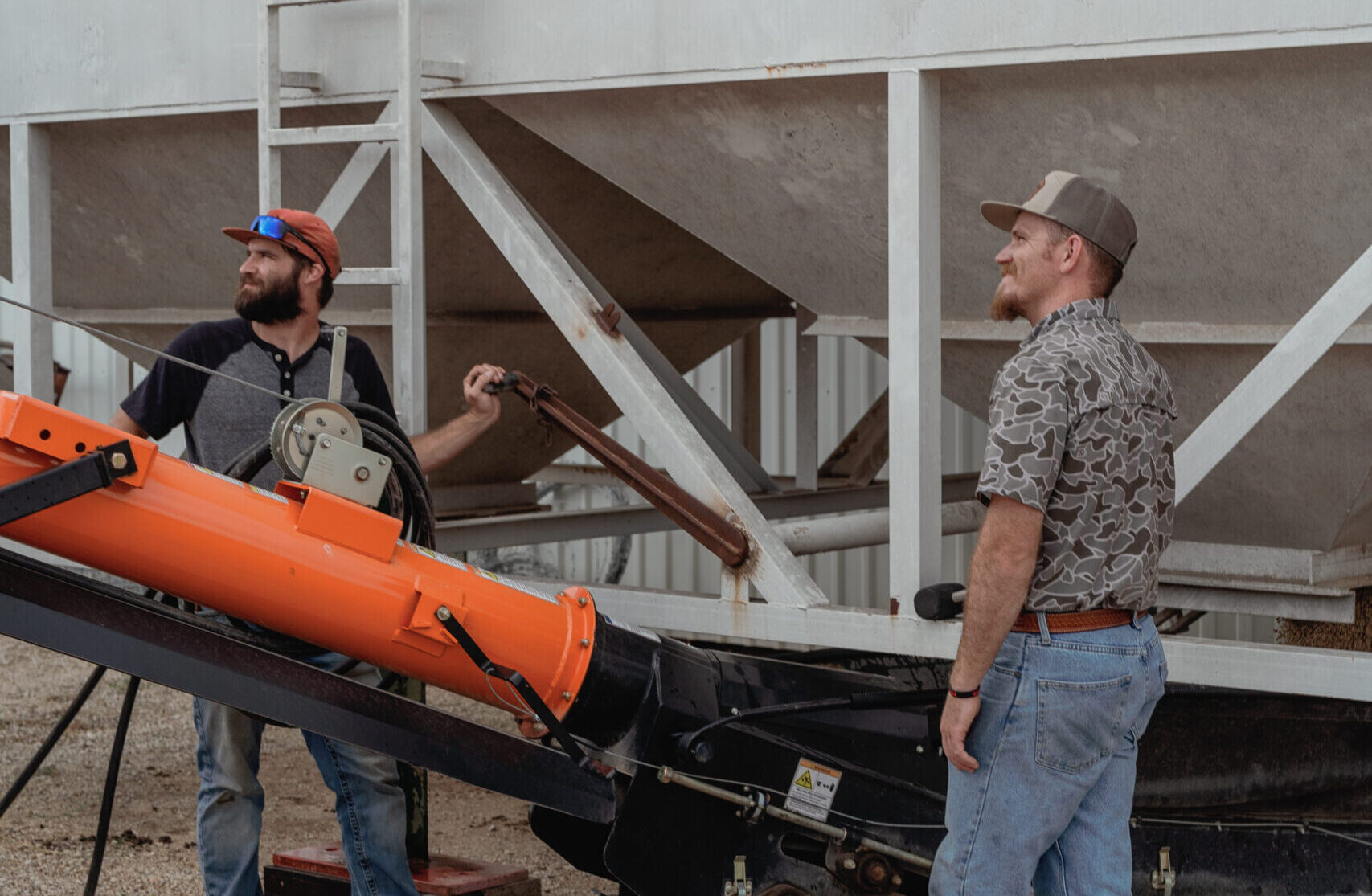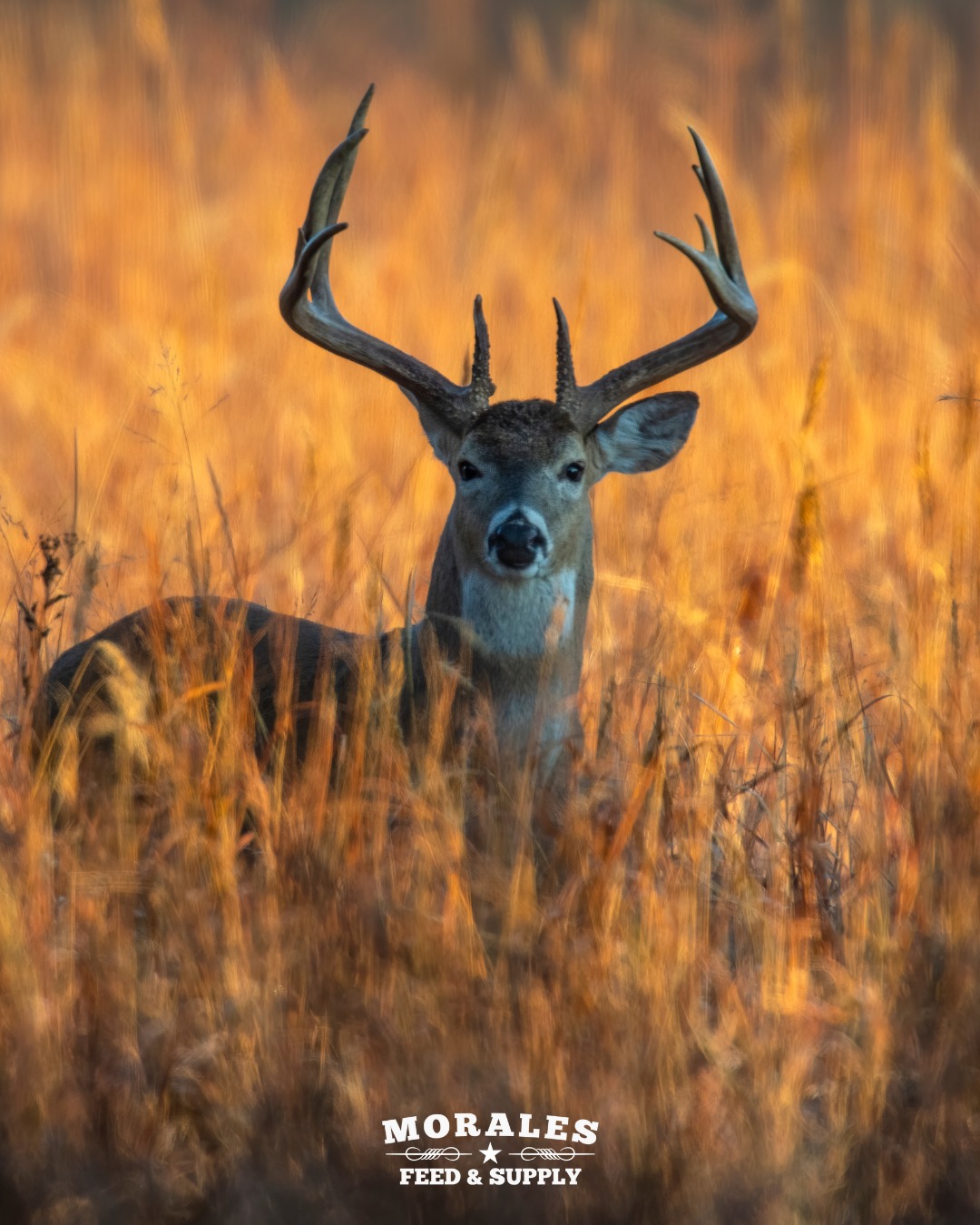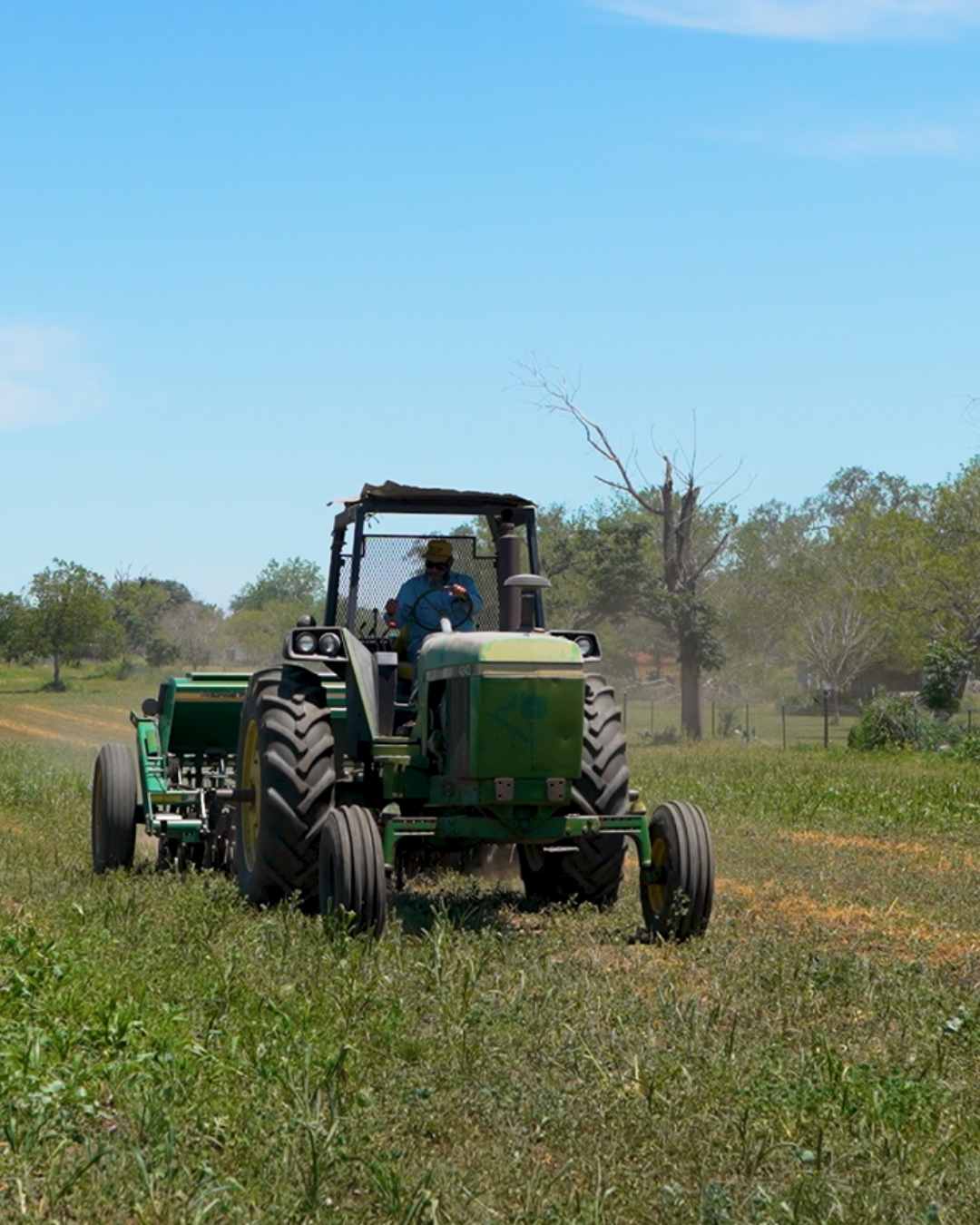Healthy soil is the foundation of a productive South Texas farm. With the region’s sandy loam, clay-heavy areas, and frequent drought cycles, maintaining soil structure and nutrient balance requires intentional care. The right soil treatments not only boost crop performance but also improve water retention, organic matter, and long-term farm sustainability. Here are the most effective soil treatments for farms across South Texas.
1. Compost and Organic Matter
Adding compost is one of the fastest ways to improve soil health in the region. South Texas soils often lack organic matter, which limits moisture retention and microbial activity. Compost enriches the soil with beneficial bacteria and fungi, improves structure, and increases nutrient availability. Whether applied annually or used to top-dress fields, compost remains a cornerstone of regenerative soil management.
2. Lime for pH Balance
Many South Texas farms struggle with acidic soils, especially in areas with heavy rainfall or naturally low pH. Applying agricultural lime helps neutralize acidity, making nutrients more accessible to crops. Maintaining a balanced pH is essential for root development, fertilizer efficiency, and strong yields. Soil testing is always recommended before applying lime to determine the right rate for your acreage.
3. Cover Crops for Soil Protection
Cover crops like rye, clover, and winter peas help protect soil during off-seasons while improving fertility. These crops reduce erosion, break up compacted soil, and feed the microbial ecosystem with organic matter. Legume cover crops also fix nitrogen naturally—lowering fertilizer costs and enriching soil for spring planting. In drought-prone regions like South Texas, cover crops play a vital role in moisture conservation.
4. Micronutrient Amendments
South Texas soils are commonly deficient in key micronutrients such as zinc, magnesium, and sulfur. Supplementing with targeted micronutrient blends ensures crops receive the complete nutrition needed for proper growth. These amendments work especially well when paired with compost or fertilizer programs.
5. Deep Ripping and Aeration
Compacted soils restrict water infiltration and root growth. Mechanical aeration or deep ripping helps break up hardpan layers, allowing roots to access deeper moisture reserves. This treatment is particularly beneficial after heavy grazing or repeated equipment use.
Improving soil health is one of the most valuable investments South Texas farmers can make. With consistent treatment and region-specific strategies, your farm can build more resilient, productive, and profitable land year after year.
